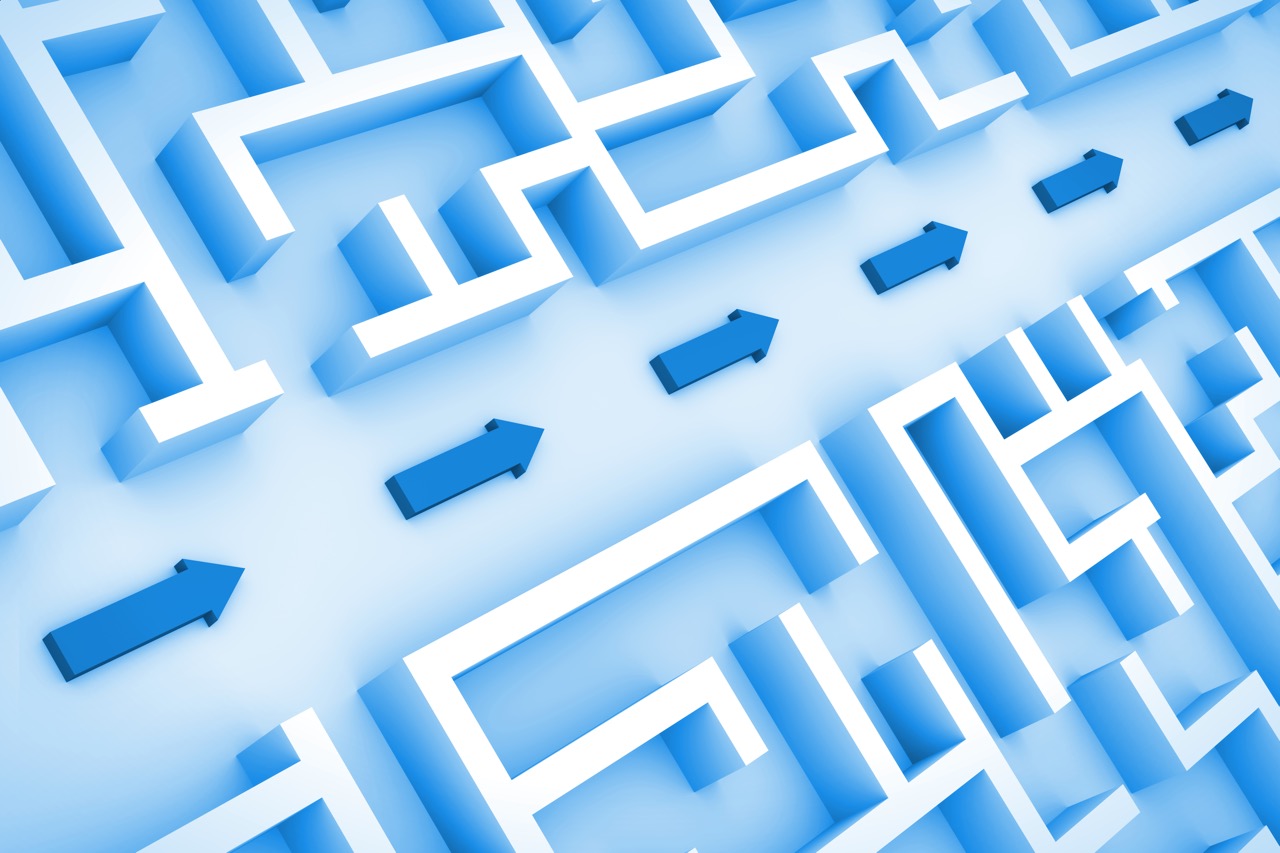The earlier we can make a decision, the better a decision we usually make.
When we make a decision ahead of time, we are usually calmer. We are connected to our vision of the future we’re trying to create. We are inspired. We’re thinking at a higher level—a level where we can see the steps we need to take.
When we make a decision in the moment, we’re usually stressed, tired, and hungry. Our willpower is shot. We react to what’s most urgent instead of following through with our plan to act on what’s most important.
Which decisions do you think will take us where we want to go most? Which decisions will follow the path of least resistance? If we want to achieve our dreams, we’ve got an uphill climb ahead of us. Coasting downhill won’t cut it.
Every time we make a decision, we choose between one of two (or more) possible outcomes.
- Do I get up now? Or do I hit snooze a few more times?
- Do I have the crispy chicken sandwich? Or the grilled chicken sandwich?
- Do I put the bonus towards the kitchen remodel? Or a nice vacation?
Many decisions have a default action associated with them. This is the outcome we choose if we do nothing. It’s a preset choice which we have to override if we want a different outcome.
- If I do nothing, I’m going to lay in bed until the snooze goes off nine minutes from now.
- If I do nothing, people are going to stand there, waiting impatiently for me to select my lunch.
- If I do nothing, the extra cash is going to sit there in the checking account for awhile.
Before I left the dentist’s office after my last cleaning, I already had appointments scheduled for my next two cleanings. We confirmed the previously-set appointment for three months out and scheduled the appointment for six months out. This is good for my teeth, the dentist’s business, and my schedule.
First of all, this helps me put an important Quadrant 2 activity on the calendar before something less-important claims my time. That’s the benefit to me (plus the healthy teeth). The benefit to them is that they’ve changed the default action. If I do nothing, I have a return appointment. Either I show up, they clean my teeth, and they bill my insurance, or I forget about it and they bill me for wasting their time. I have to go out of my way to cancel the appointment without penalty.
Compare that to the alternative: I have to go out of my way to schedule the next appointment. That takes work. Not only do I have to make the call, but now we have to scramble to find a suitable time.
By changing the default action ahead of time, you can set up the direction you want to head by default:
- Sign up for a package of six lessons. Default action: you have six lessons instead of just one.
- Set aside regular date nights with your spouse. Default action: you spend more quality time strengthening your relationship.
- Set up payroll deductions to save for retirement and automatic transfers to save for college. Default action: you start building wealth.
- Buy healthy foods when you go shopping. Default action: you eat healthier because that’s what you have on hand.
Changing the default action is a small decision you can make ahead of time to simplify a large decision in the moment.
A routine is a form of automation. It lets you make decisions ahead of time. Then, when it’s time to execute, your basal ganglia (the programmable basic part of your brain) quickly learns the pattern.
Watch out for others who set up default actions that work against you.
Every time we come to a fork in the road, we have to make a decision. We can’t make progress until we do. The simplest choice to make is the default action—a choice which was made ahead of time, whether by someone else or ourselves.
Decisions are not made in isolation. Each decision impacts the decisions we are going to face next and years down the road.
We’re not interested in one isolated decision, anyway. We have a destination in mind. To follow the route, we need to chain decisions together. Like a car trip, we’re going to miss our exits and need to make detours. That’s fine. Reroute as often as you need to get back on track.
It’s where the chain of decisions leads that’s important. The more you can make the default action lead your way, the less you’ll need to scramble.
Question: What default action could you set up today? Share your thoughts in the comments, on Twitter, LinkedIn, or Facebook.

